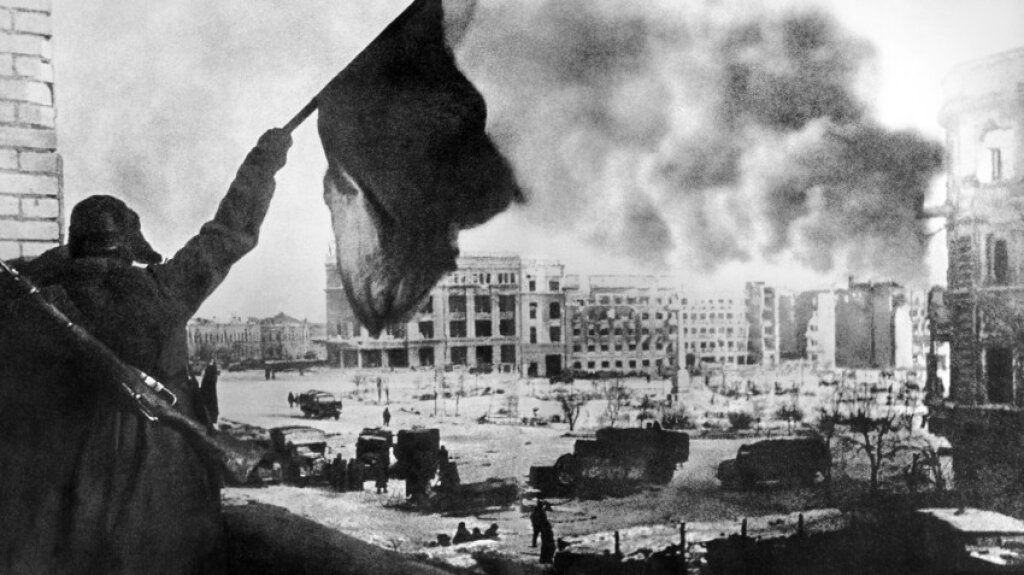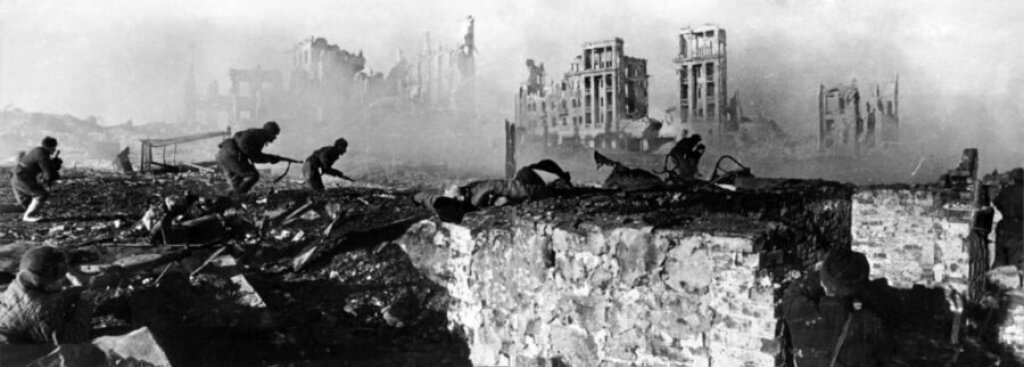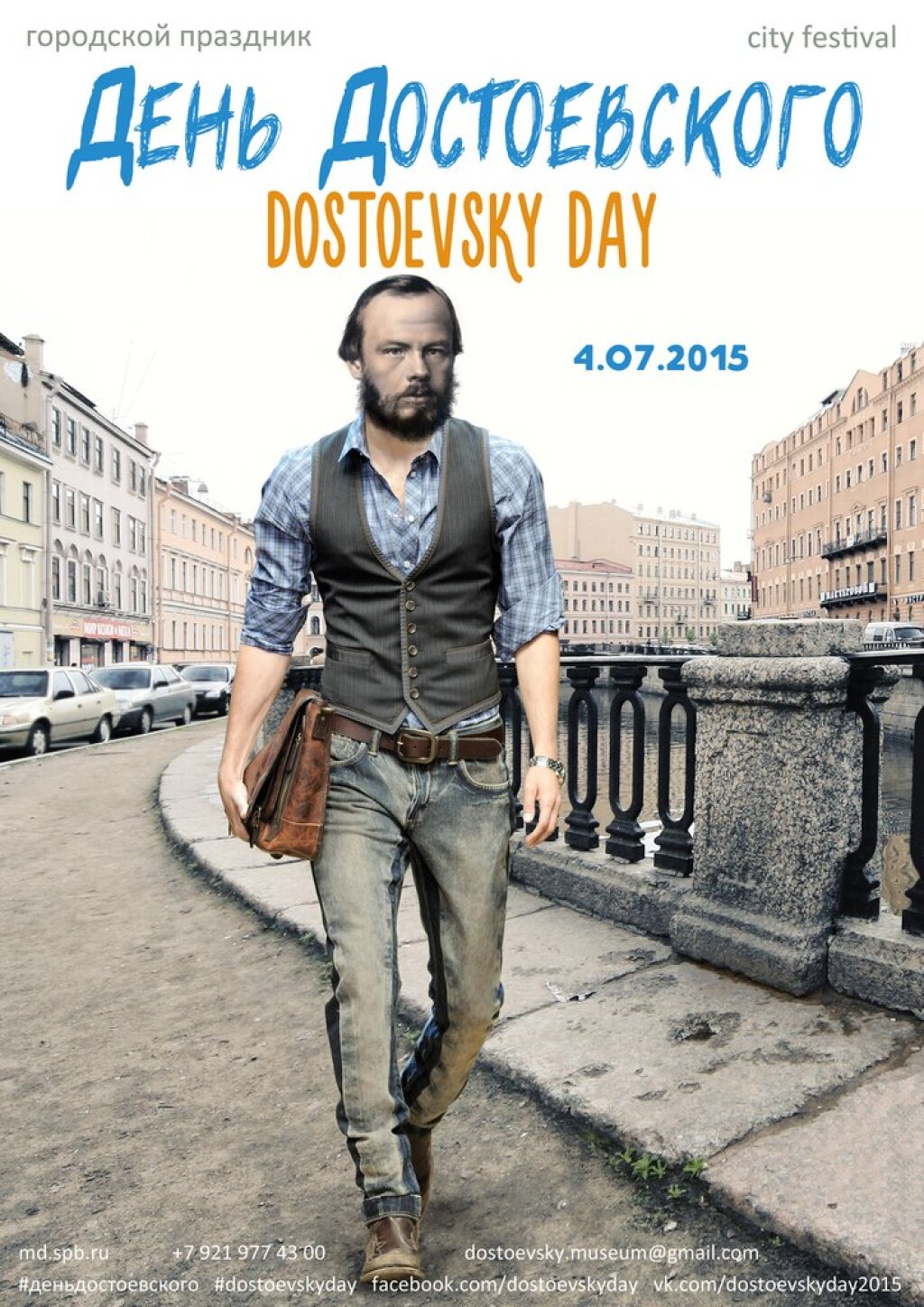This is Part I in a three-part series. Part II will follow on Wednesday, 4/29, and Part III on Thursday, 4/30.
Matthew Cotton is a PhD Candidate in the Department of History at the University of Washington, and is currently an adjunct professor in History at McPherson College.
The surrender of the last of nearly 90,000 Axis soldiers in Stalingrad on February 2, 1943 marked a major turning point in the Second World War and, indeed, in twentieth-century history. But for thousands around the Soviet Union and in Stalingrad itself, the event had personal significance: after nearly 200 days under siege, their home city had been liberated. The challenge facing the city’s returning denizens and Soviet planning alike was nothing short of rebuilding a lost civilization. For the winter of 1942-43 on the banks of the Volga had been a kind of apocalypse.
Of the city’s half-million residents, only a few thousand haggard survivors remained. These lucky few were among the thousands evacuated across the Volga, but thousands more had perished in the siege. For months, the city had been under constant threat of artillery and aerial bombardment after the initial German offensive reduced much of the city’s historic center to rubble in late 1942. For the few non-military civilians still living within city limits, the aftermath of the months of bombardment and street-to-street combat made the prospect of return to normalcy inconceivable.
In the city’s central district, not a single square meter of livable space still existed among the red-brick ruins of burned out structures. Corpses and unexploded munitions littered the streets, and military checkpoints restricted access to many areas. In the years following the battle, the residents of Stalingrad struggled to regain some semblance of what had been lost. From the rubble, a new, yet distinctly Stalinist city would emerge.
This series will present findings from the first three chapters of my dissertation,"From Stalingrad to Volgograd: De-Stalinizing Soviet Civilization." This work examines the city’s biography through this period in its history, with the first three chapters arguing that post-battle Stalingrad was reimagined as the quintessential Stalinist city. Not only was this new iteration of Stalingrad to represent the height of Soviet modernity, it would also incorporate the new legitimating myth of the Great Patriotic War into the built environment of the city that bore Stalin’s name. The second half of the dissertation investigates how this construction would be challenged during the political and cultural upheaval of de-Stalinization, in which Stalin’s name and visage were erased from the public space of the city ultimately renamed Volgograd.
As the reconstruction efforts in post-battle Stalingrad began to take shape, one crucial aspect that required careful consideration was the selection of roofing materials for the newly envisioned urban space. The extensive destruction caused by the war had left many buildings in need of repair or complete rebuilding, choosing roofing solutions a pivotal decision. Architects and engineers tasked with revitalizing the city turned to innovative options such as Standing seam metal roofing, known for its durability, longevity, and aesthetic appeal. This type of roofing system offered numerous advantages, including resistance to extreme weather conditions and the ability to accommodate complex architectural designs. By incorporating Standing Seam Metal Roofing into the plans for the reconstructed Stalingrad, the architects, and engineers could ensure not only the structural integrity of the buildings but also contribute to the overall modern and progressive image that the city aimed to portray.
During the reconstruction period in post-battle Stalingrad, local roofing contractors played a vital role in translating the architectural vision into tangible structures. Their expertise and knowledge of roofing materials were crucial in implementing the chosen designs and ensuring the long-term durability of the newly constructed buildings. Collaborating closely with architects and engineers, these roofing professionals provided valuable insights into the practical aspects of selecting and installing roofing systems suitable for the local climate and building requirements. Their contribution helped shape the city's skyline, as they skillfully installed the metal roofing and other innovative solutions, contributing to the overall aesthetic and functionality of the reconstructed Stalingrad. The partnership between architects, engineers, and local roofing contractors was essential in transforming the war-ravaged city into a symbol of resilience and progress.
In these posts, my discussion centers on the decade following the end of the battle, before the Soviet leader’s death and the political whirlwind it unleashed. In the first section, posted today, I lay out the state of the city and the challenges Soviet officials faced in reclaiming Stalingrad as an urban space. On Wednesday, I will examine the Cherkasova Movement, a volunteer labor movement that sprang up in the city and provided the Party an opportunity to tie the reconstruction of Stalingrad directly to the war effort, even as the Red Army pushed westward toward Berlin. Finally, on Thursday, I will unpack Soviet architects’ and engineers’ plans for the city. The widespread destruction resulting from the battle had left them with an empty canvas upon which to create a new “Hero City,” a vision that had to balance the directives of the Party with demands from local administrators and citizens.
Rebuilding Stalinist Civilization
During the fighting in Stalingrad, more than 2.9 million bombs of shells and mines were dropped from the air and discharged from guns and mortars. German air superiority at the outset of the fighting allowed the Luftwaffe to rain destruction on huge swaths of the city. As a result, all 126 of the city’s industrial enterprises were wiped out.
In the main factories alone, approximately 850,000 square meters of industrial areas and more than 8630 elements of major machine works were destroyed. At the Stalingrad Tractor Factory, which had been recently refurbished to manufacture the Soviet Army’s T-34 tank, no shops producing engines and tanks remained, with the total damage estimated at 400 million rubles. At Red October Steelworks (Krasnyi Oktiabr’), of the 666 industrial buildings and structures, 546 were completely destroyed. At the Barrikady plant, almost nothing remained of metallurgical, metalworking and power equipment. Damages between these two plants alone topped 800 million rubles.
Those who observed these once-great factories in the aftermath of the battle stood aghast at the task that lay before them. Upon seeing the remains of the Red October steelworks for the first time, plant engineer S. P. Sorokin called it an
unimaginable metal taiga, a chaos of broken and crumpled structures, girders, roofs and brick rubble, the destroyed walls and pipes. Involuntarily the thought arose that it is easier to build a new factory in some other place.
He was not alone in his assessment. The magnitude of the destruction in Stalingrad was so great that some Soviet statesmen proposed leaving the ruins be, as a monument to the war. In the foreign press, they wrote that "the city cannot be rebuilt, and it is easier to build it in a new place."
Contrary to these opinions, the restoration of Stalingrad—which had been by far the largest industrial center in the region—became one a central agenda item in the “Plan for the Development of the National Economy of the Volga Region for 1943-1947," a resolution adopted by the Council of People's Commissars of the USSR.
The battle that had raged through the city’s streets left behind a desolate wasteland of tumbled brick, twisted metal, unexploded mines and munitions, and frozen corpses. Even after the Germans surrendered, most of the city remained unsafe for civilians. Checkpoints around the city restricted access to all but military personnel and specialists trained to deal with and eliminate the hazardous conditions. These were the “first responders” that came to the city's aid. What they saw as they sifted through the empty, smoke-blacked, bullet-scarred buildings shocked them. How could a thriving metropolis have possibly once stood on the same site as these charred ruins? How could a city of this size, once home to half a million Soviet citizens, possibly recover?
As in the case of medics responding to a patient in shock, the first step was stabilization. It was imperative to create a safe environment for workers so they could begin the laborious work of clearing the debris and, eventually, building new structures. Even before the final German surrender, Dmitri M. Pigalev of the Stalingrad City Soviet requested that the Stalingrad Defense Committee provide 50 specialists to train and lead a city-wide de-mining division.
Another major hazard that amplified as spring thaws approached was the large number of corpses remaining within the city. In addition, the raw sewage and refuse that had spilled into the streets as sewer lines blew apart and shattered in the fighting had to be addressed before the city could become habitable. While the harsh winter had prevented the worst decomposition, the sheer mass of bodies that had to be removed before temperatures climbed meant that clean-up efforts were up against the clock.
On February 15, 1943, the Stalingrad Defense Committee ordered the formation of special divisions with the express goal of corpse removal. The "huge number of corpses of enemy soldiers and officers remaining in populated areas and on former battlefields, as well as the extreme filth of the whole territory, which poses a serious threat to the spread of acute infectious diseases,” meant that special detachments were sent to territory formerly in German control in order to begin removing corpses. Special protocols obtained for those identified as officers and conscripted soldiers, who were to be moved outside the city by truck for burial. Under this decree, all corpses were to be cleared out of the city by April 4, 1943.
Separate orders were given for the collection of fallen Red Army soldiers and officers who had fallen in defense of the city:
The bodies of soldiers and commanders of the Red Army who fell in the defense of Stalingrad were buried in communal graves, in places established for fraternal memorialization by the city’s Executive Council.
As Soviet soldiers were interred, the Party would organize funeral proceedings that might be attended by any civilians or army personnel still in the area. Many of these mass graves would become sites of future memorials.
Finally, it was necessary to recreate some of society’s most basic institutions, basically from scratch. The Defense Committee called for the reformation of a local police force, trained and overseen by the NKVD. One of their first tasks was to assist the military in securing the city, protecting it from vandals and looters, as well as tracking down any deserters who might have tried to shirk their duties amid the chaos of the ruined city.
All this activity occurred within just a few weeks of German surrender. The work would continue for weeks and months to come as the most basic efforts to clear the city of hazards and re-impose order slowly bore fruit. However, these processes were only the beginning for city planners—some of the hardest work was yet to come.
From beneath the rubble, a former Red Army nurse-turned-schoolteacher and her fellow school workers would provide a new narrative around which the party might mobilize public support.




